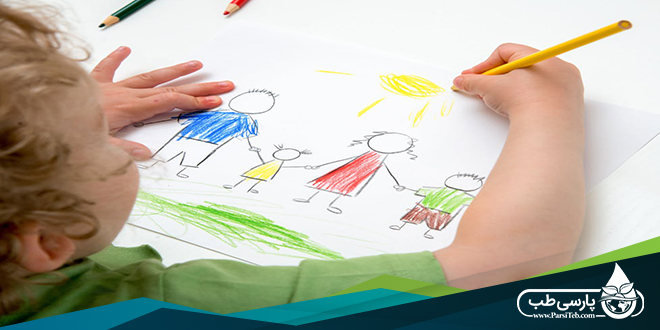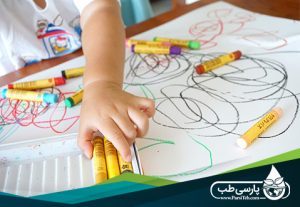Children’s Painting : Children’s drawing: From the moment the child grows big enough to take a pencil
and put it on paper, Painting is a great way to communicate and understand what they think.
Interpretation of children’s Painting
- Interpreting children’s Painting is easier than teens,
- and you can learn amazing facts about what they are creating.
- Understanding their designs at each stage of the development of children
- is a great tool for parents in identifying them
Understand how children’s Painting progress
There are three steps to painting a child:
- Painting lines
- introductory
- patterning
Painting lines
At this stage, there is no realism in the images.
Often only signs are on a page.
There may seem to be nothing on the screen,
but sometimes children create something called ” accidental realism”.
This means that:
when the lines are drawn,
You may be able to see certain forms that seem simple.
Introductory
At this stage,
children are trying to create things they see with their eyes.
They may kill the simplest things like
cars,
trucks,
trees
and houses.
They don’t normally meet in detail,
or they don’t look into details of the real world,
at the end of this stage,
they start adding specific details like flowers standing in front of a house.
Patterning
There are many details at this point and the child may use words and symbols.
They may use smart shapes like “V” for birds.
They focus on painting so far as their skills permit.
They often share a clear story with these paintings.
How to interpret the painting of children?
Every parent is hoping to find meaning in his child’s designs.
Sometimes the paintings are just paintings,
and nothing is more than a fun playing time on the screen itself.
 children’s maps
children’s maps
But sometimes the interpretation of children’s maps
means that you discover a deep layer of what you think and feel.
Continue with us to interpret the step by step by step of your child’s painting.
Continue with us to interpret the step by step by step of your child’s painting.
 Parsi Teb Physical and Mental Health Journal
Parsi Teb Physical and Mental Health Journal 






